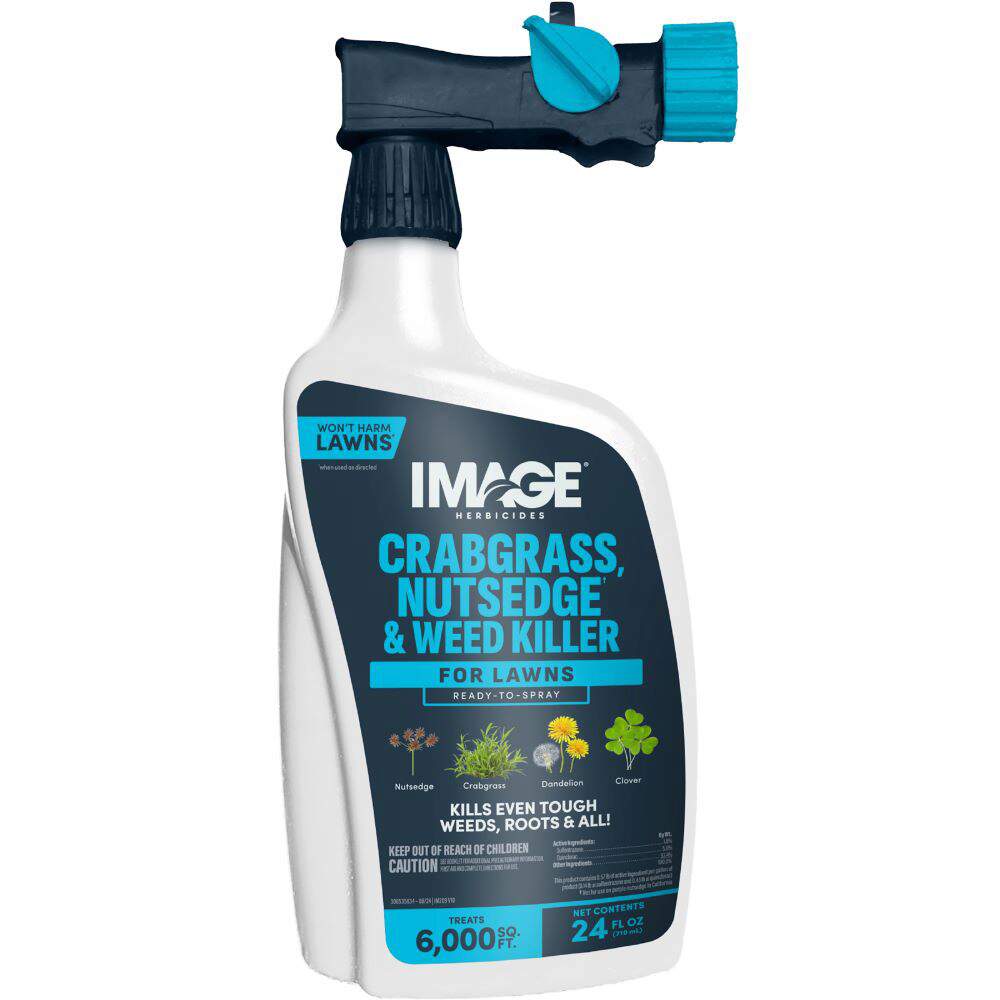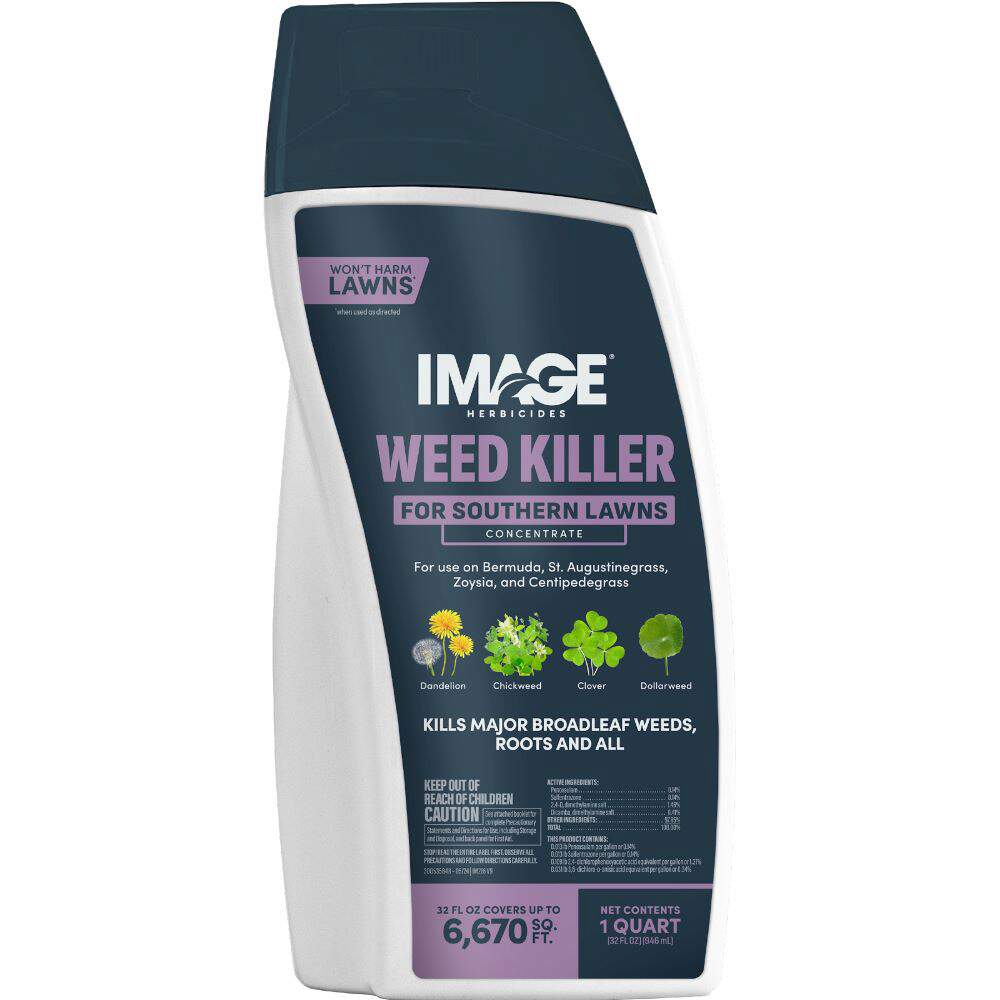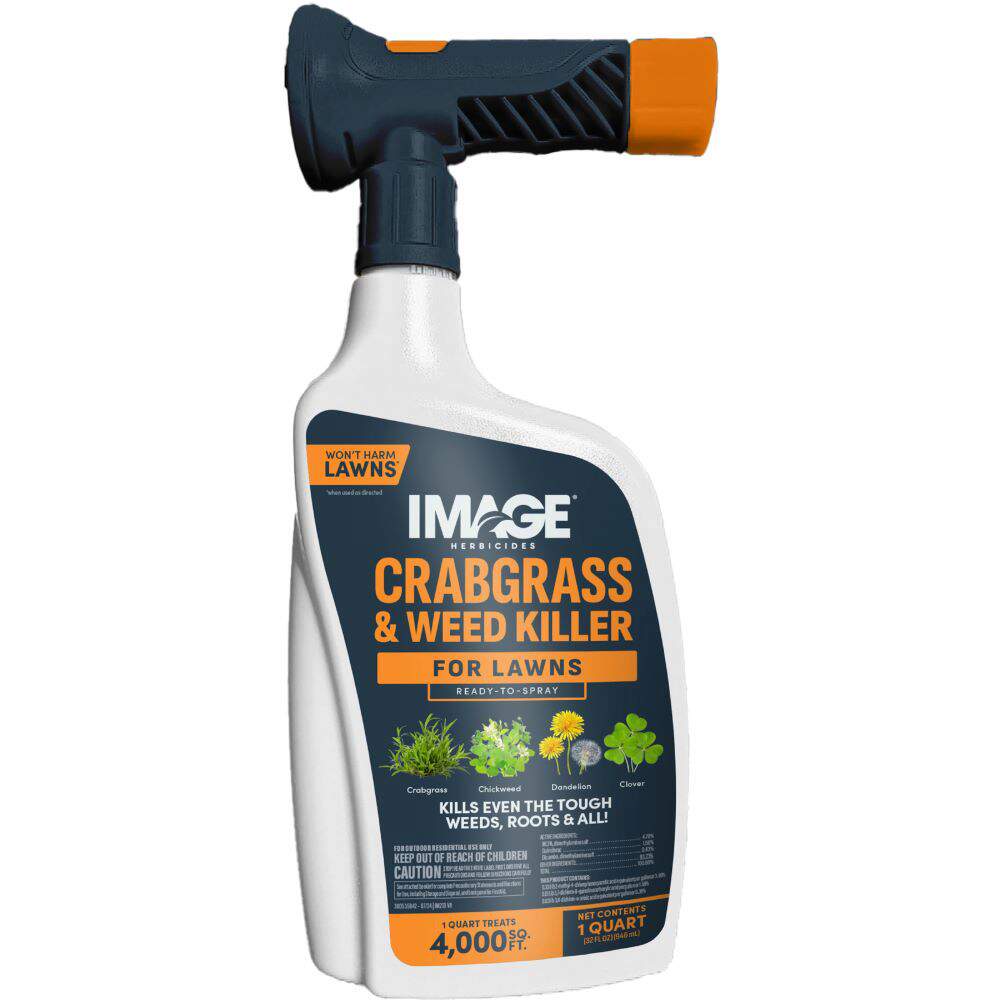HOW TO IDENTIFY DANDELION
Dandelions are perennial broadleaf weeds that come back bigger and stronger every year. Their fuzzy, yellow, 2-inch-plus flower heads make identification quick and simple. Airy, "puffball" seed heads quickly follow and confirm the identification. Erect, hollow, leafless stalks rise from soil level, carrying one flower head per stalk. In moderate climates, dandelions grow and flower year-round.
Dandelion leaves grow directly from the soil line, forming a dense rosette of green. Like the stalks, the leaves exude a milky white juice when torn or crushed. The thin, hairless, bright green leaves have jagged, toothed lobes reminiscent of thistles and other prickly weeds. But unlike thistles, dandelion leaves are free from tiny prickles on their leaf margins and midribs.
Once established, dandelions spread aggressively and take over large patches in lawns. The plants grow thick, branched taproots up to 1/2 inch in diameter that grow 18 inches deep or more. These weeds spread by seed and taproot pieces. They grow back even when cut below ground level.
WHERE AND WHY DANDELION GROWS
Dandelions are one of the most common U.S. lawn weeds. They grow prolifically throughout the United States, dotting lawns, pastures, parks and even woodlands with yellow blooms and puff-carried seeds. A single dandelion can live for years and produce more than 20,000 seeds annually. When dandelion seeds disperse, winds can carry the puffy airborne seeds several miles.
Dandelions grow best in moist soil and full sun — the same conditions found in well-maintained, irrigated turf. But once established, these weeds tolerate light shade and drought. Dandelions have low nitrogen needs, so they often outcompete lawn grasses in underfertilized lawns. Dandelions also adapt and flower on ultra-short stalks to escape mower blades, so mowing alone can't control these weeds.
HOW TO CONTROL DANDELION
When treating dandelions or any lawn weed, always read product labels carefully. Some lawn grasses are sensitive to herbicides, so always check labels to make sure you can use the product on your grass type. Never use herbicides on newly seeded areas; only treat well-established lawns. For best results, treat dandelions as soon as they emerge, while they're still young and small.
Image Herbicide offers several highly effective liquid products to kill or control dandelions:
- Image Lawn Weed & Crabgrass Killer, available in Ready-to-Spray and Concentrate formulas, kills even the toughest dandelions from the tip of the plant to the root. You can use these selective post-emergent herbicides anytime dandelions are actively growing in your lawn, but always follow label guidelines for frequency of applications and seasonal maximums for broadcast treatments.
- Image Southern Lawn Weed Killer for St. Augustinegrass and Centipedegrass, available in Ready-to-Spray and Concentrate formulas, is ideal for these herbicide-sensitive southern grasses. The fast-acting products start working immediately to kill dandelions and other listed broadleaf weeds down to the roots. You'll see results in hours.
- Image All-in-One Lawn Weed Killer, available in Ready-to-Spray and Concentrate formulas, starts working on contact to kill dandelions, including the root. You can use this product on most cool-season and warm-season lawn grasses, but avoid St. Augustinegrass lawns.
Dandelion Control Tips: Despite the popularity of dandelion digger tools, pulling or digging these weeds is usually fruitless. Dandelions spring back from even a small root piece. Unless you kill the root — or extract every bit of its 18-plus inches — expect to see dandelions again next year.
If you're looking for a granular option for post-emergent weed control, Pennington UltraGreen Weed & Feed 30-0-4 controls dandelions and feeds your lawn.
Always read product labels thoroughly and follow instructions, including guidelines for lawn grass types, frequency of applications and seasonal maximums that may apply.
DANDELION GALLERY

Dandelion in Lawn

Dandelion Flower

Dandelion Foliage

Dandelion Plant

Dandelion Seed Head

Dandelion Seeds

Dandelion with Taproot




